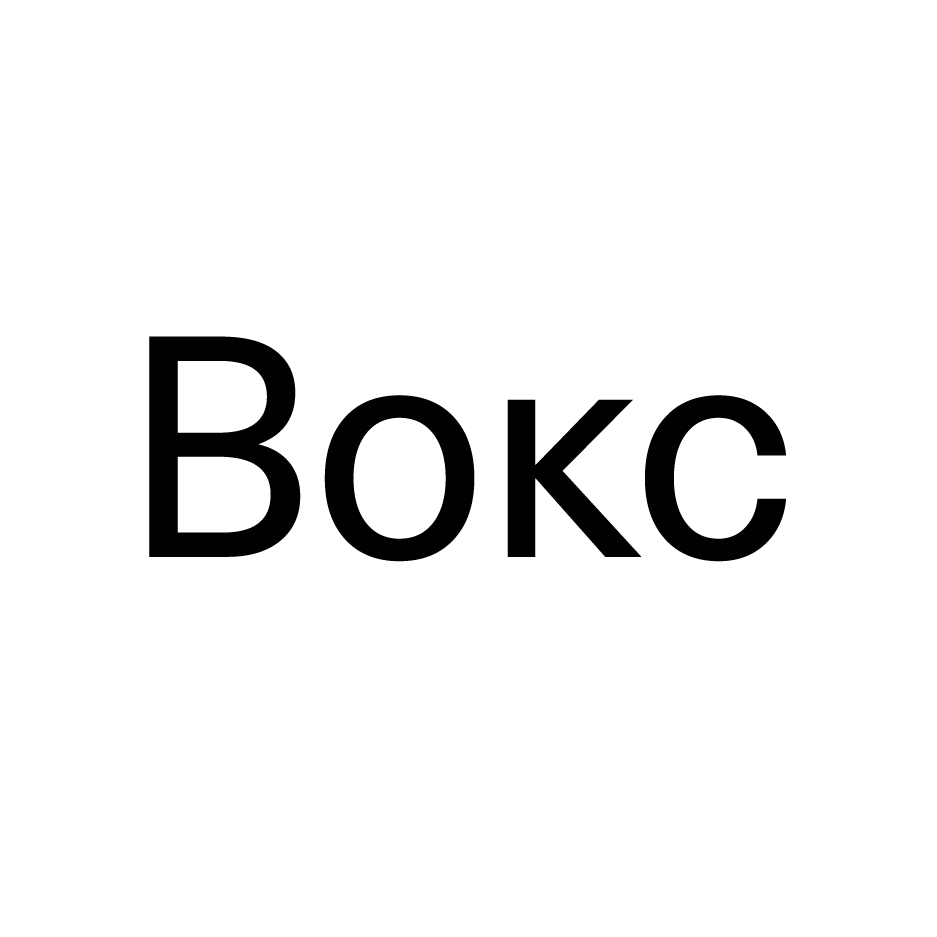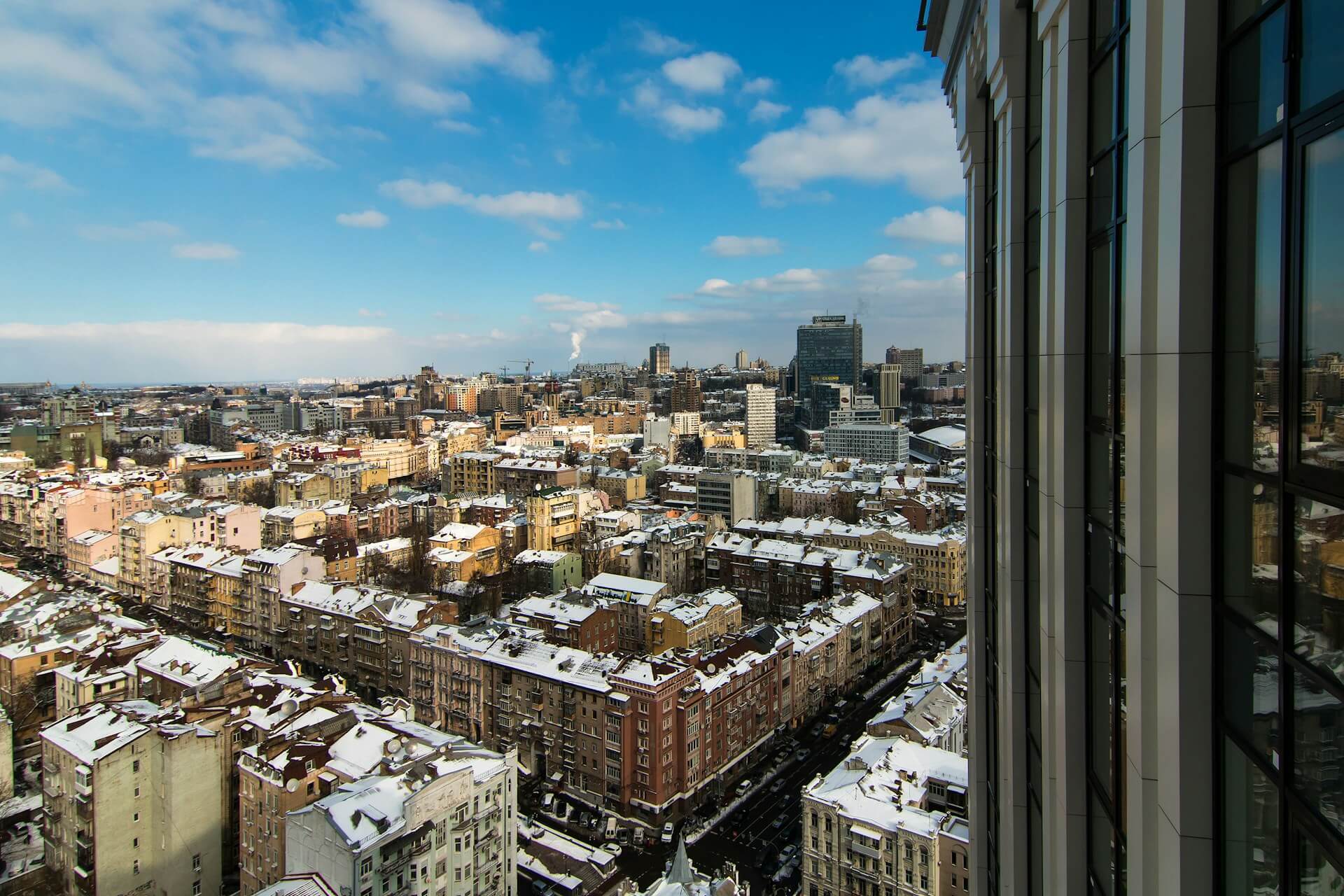Current Ukrainian model of power distribution is somewhere in between the model where a president is the head of the government (like in US) and the parliamentary republic where a president has only representative functions (like in Germany). Hence, it is natural that the president and the Prime-Minister try to “pull” the decision-making center to their side. Perhaps, it is the time to choose between the two constitutional models?
A little over a year ago president Poroshenko submitted to the parliament draft changes to the Ukrainian Constitution aimed at decentralization of powers. However, in reality the proposed draft law did not decentralize power but, rather, strengthened the president’s impact on local policies and also introduced some doubtful clauses, such as imperative mandate of the MPs (see our previous article).
On July 1st 2015, the president submitted another draft changes to the Constitution aimed at decentralization. This draft was prepared by the Constitution commission with participation of a group of experts, a member of which, Yuriy Hanushchak, published an article supporting the majority of the proposed changes. The new draft law also received a general approval of the Venice Commission, and some of the VC recommendations have been taken into account before publication of the final version of the draft. However, the vice-speaker of the parliament Oksana Syroid expressed a very negative view on the draft. Her main objection to the proposed draft law is that it strengthens the presidents’ powers but does not provide mechanisms to balance those powers by increased control of the parliament over the president’s actions.
The next table compares the current Constitution, changes proposed a year ago and the new draft law.
| Current Constitution | Draft Law, July 2014 | Draft Law, July 2015 | |
| Administrative structure of Ukraine | 1)AR of Crimea, oblasts, raions, cities/towns, raions in cities, urban settlements, and villages. 2)Oblasts are listed in the Constitution. 3)The parliament has the right to change names and boundaries of raions and classify settlements as urban/rural. |
1)Regions (current oblasts), raions, and communities (hromada). Communities can include one or several villages, towns and adjacent territories (the exact procedure for the formation of a community should be defined by a law). 2)Regions (oblasts) are listed in the Constitution. 3)The parliament has the right to change names and boundaries of raions and classify settlements as urban/rural. |
1)Communities (Hromadas), raions, and regions. 2)The parliament gets the right to set names and boundaries of Hromadas (taking into account the wish of their citizens), raions and oblasts. The exact procedure for this should be established by law (this provision is welcomed by VC but negatively evaluated by Oksana Syroid [1]). 3)Hromada is the lowest unit of administrative-territorial division of Ukraine. |
| Local executive power representatives | 1)Local state administrations. 2)Their heads are appointed by the president upon the proposal of the 3)Cabinet of Ministers. |
1)Representatives of the president of Ukraine (appointed and dismissed by the president) in regions and raions. | 1)Prefects appointed and dismissed by the president upon proposal of the Cabinet of Ministers in regions and raions (initially, the president did not need CMU proposal to dismiss a prefect, but upon the VC recommendation this clause was changed). Prefects are state officials (державні службовці) |
| Competences of local executive power representatives | Local administrations ensure: 1) Implementation of laws and other legal acts on their territory units; 2) civil order, civil rights protection; 3) implementation of state and local programs of socio-economic and cultural development; 4) drafting and implementation of local budgets; 5) cooperation with local self-government bodies; 6) implementation of other competences granted to them by the state and local self-government bodies |
Representatives of the president: 1) oversee the adherence of decisions of self-government bodies and local branches of central executive power bodies to the Constitution of Ukraine and the laws of Ukraine; 2) coordinate cooperation of local branches of central executive power bodies; 3) organize activities of all local self-government and executive power bodies in case of military or emergency state; 4) realize other powers foreseen by the Constitution or the law of Ukraine |
Prefects: 1) oversee implementation of Constitution and laws of Ukraine by local self-government bodies; 2) coordinate cooperation of local divisions of central government bodies and oversee their adherence to the Constitution and laws of Ukraine; 3) ensure implementation of state programs;4) organize cooperation of local divisions of central government bodies and local self-government bodies in cases of military state or natural or other emergencies; 4) realize other powers foreseen by the Constitution or the laws of Ukraine; 5) Prefects issue decrees, implementation of which is mandatory on a given territory |
| Control over local executive power representatives | 1)Decisions of local administrations that contradict the Constitution can be cancelled by the president or a higher-level local administration. 2)If local rada holds a non-confidence vote for a local administration, the president should consider this and provide an evidence-based answer. 3)If a non-confidence vote collects 2/3 of local rada votes, the president should dismiss the administration head |
1)Decisions of the president representatives that contradict the Constitution or the laws of Ukraine can be cancelled by the president | 1)Prefects are responsible before the president and are controlled by the CMU (i.e. prefects of a raion are subordinate directly to CMU, not to oblast prefects). 2)Decrees of prefects issued in spheres 1 and 4 above can be cancelled by the president, and decrees issued in spheres 2 and 3 above can be cancelled by the CMU. Cancellation of other acts (sphere 5) will be performed either by president or by CMU as defined by law. |
| Local self-government bodies | 1)Local councils (radas); they can have their executive committees 2)The state takes part in forming local budgets. Expenses of local budgets that result from state government decisions are compensated by the state. |
1)Community heads and local radas with their executive committees. 2)The power distribution between self-government bodies is performed according to the subsidiarity principle. |
1)Local radas, which form their executive committees subordinate to them. Directly elected community rada head is also the head of respective executive committee. Heads of raion and oblast radas are elected from among their deputies. 2)The term of service of local councils is reduced from 5 to 4 years (Yuriy Hanushchak noted that experts wanted to reduce it to 3 years). 3)Subsidiarity principle is included into the Constitution. Any change of competences of a local government body should be accompanied by a respective change in its revenue sources (or compensation from the State budget) |
| Competences of local self-government bodies | 1)Communities of villages, cities/towns can manage communal property, approve and control implementation of programs of socio-economic and cultural development, approve budgets and control their implementation, set local taxes, implement local referendums and decide on other issues according to their competence. 2)Oblast and raion radas do the same things on oblast and raion levels respectively. |
1)Self-government bodies and their civil servants make decisions according to their competence as defined by the law. 2)The radas of villages, urban settlements, cities/towns, raions and oblasts can (by a legally defined procedure) grant a special status to Russian and other minority languages. |
1)Communities of villages, cities/towns manage communal property, approve and control implementation of programs of socio-economic and cultural development, approve budgets and control their implementation, set local taxes, implement local referendums and decide on other issues within their competence. 2)Oblast and raion radas do the same things on oblast and raion levels respectively. |
| Control over local self-government bodies | 1)Decisions of local self-government bodies that contradict the Constitution or the Laws of Ukraine are suspended (as prescribed by law), and simultaneously a local prosecutor files a lawsuit to a court. | 1)Decisions of local self-government bodies that contradict the Constitution are terminated by the president based on a complaint filed by a local president representative, and the respective lawsuit is filed to the Constitutional Court. The decision of the Constitutional Court is the ground for dismissal of the local self-government body by the president. 2)Decisions of local self-government bodies are terminated by president representatives with simultaneous filing of a lawsuit to a court. |
1)A prefect can suspend a decree of a local rada which contradicts the Constitution or the laws of Ukraine, simultaneously applying to a court. 2)Premature termination of service of local rada or Hromada head is defined by Constitution and the laws of Ukraine. 3)If a local rada or a community head adopts an act that creates a threat of violating state sovereignty, territorial integrity or national security of Ukraine, the president terminates this act, suspends the competences of local council and simultaneously applies to the Constitutional court. If the Constitutional court deems the act of a council unconstitutional, the parliament (upon suggestion from the president) terminates responsibilities of a local council and schedules its re-election. |
Also, in both last year’s and current draft of changes to the Constitution, the prosecution office is deprived of the right to perform general supervision over implementation of the laws – an unequivocally positive change.
As for other proposed changes, the main concerns expressed last year still apply.
First, under the current Constitution, local councils have some (although quite limited) leverage over local executive power representatives – oblast administrations (the non-confidence vote). In the proposed draft law, prefects are responsible only to the president and the Cabinet of Ministers. Theoretically, a prefect can paralyze the work of a local council by constantly suspending its acts and applying to courts (and court decisions are not so quick to produce).
Second, there is potential controversy in the control mechanisms governing the president’s decision to dismiss local councils. Given the prior history of some doubtful decisions of the Constitutional Court (e.g. on the possibility of Kuchma’s third term or the return of powers to Yanukovych), one might infer that there is a high risk of relapse of such ambiguous constitutional decision-making. Thus, the requirement of the Constitutional Court’s revision as such does not guarantee that this decision will be unbiased. Although there is no doubt that the Constitutional Court is the only body entitled to adjudicate on the constitutionality of a local council’s decisions, it is highly desirable to provide the parliament with some additional leverage over this procedure. The solution might vary from the radical form (as suggested by Samopomich) – entrusting control over local councils to Rada instead of the president – to an alternative non-standard form, e.g. through giving MPs a possibility to submit their own observations (e.g. amicus brief) to the constitutional case in question if they wish so.
Third, a potential conflict between a president and a Cabinet of Ministers remains in place. Although the authors of the new draft changes to the Constitution tried to separate the issues on which prefects are subordinate to the president (law enforcement) and the Cabinet of Ministers (coordination of local ministries’ offices and implementation of state programs), there are still two bodies (president and the CMU) which can oversee and control prefects. Perhaps, this potential conflict cannot be resolved within the draft law on decentralization because it is inherent in the current Constitution, which defines the Prime-Minister as the head of the executive branch but leaves enough powers for a president to create troubles for the Cabinet by “pulling the blanket” to himself (so, the problem is not only excessive centralization addressed by the current draft law, but also the conflict within the executive branch, which it does not address).
Current Ukrainian model of power distribution is somewhere in between the model where a president is the head of the government (like in US) and the parliamentary republic where a president has only representative functions (like in Germany). Hence, it is natural that the president and the Prime-Minister try to “pull” the decision-making center to their side. This situation resembles the famous “multi-vector” Ukrainian policy when it tried to simultaneously integrate with Russia and with the EU. Thanks to some well-known external factors this choice is now clear. Perhaps, it is the time to choose between the two constitutional models too?
Notes
1.Venice Commission suggests greater flexibility in changing the boundaries of regions will lay the ground for administrative reform, while Oksana Syroid warns that this may result in granting autonomy to currently occupied regions of Donetsk and Luhansk oblasts simply by adopting a law (while now this would require changes to the Constitution), which may undermine sovereignty of Ukrainian state.
Застереження
The authors do not work for, consult to, own shares in or receive funding from any company or organization that would benefit from this article, and have no relevant affiliations



